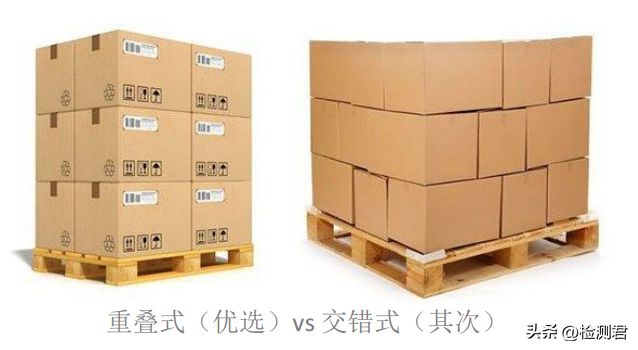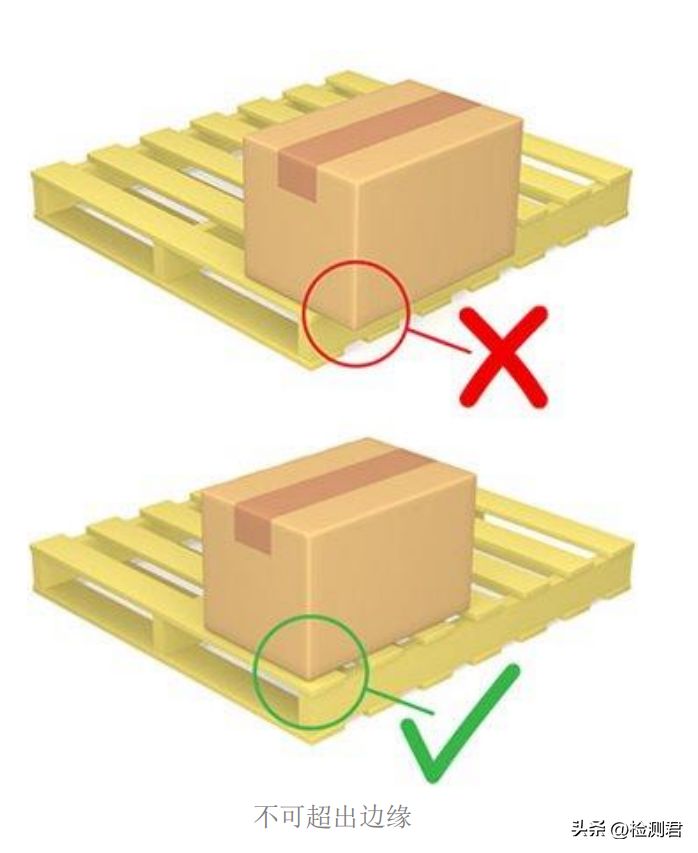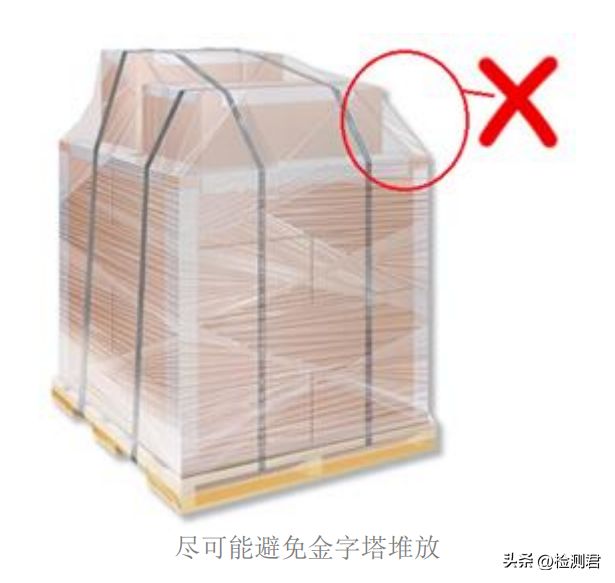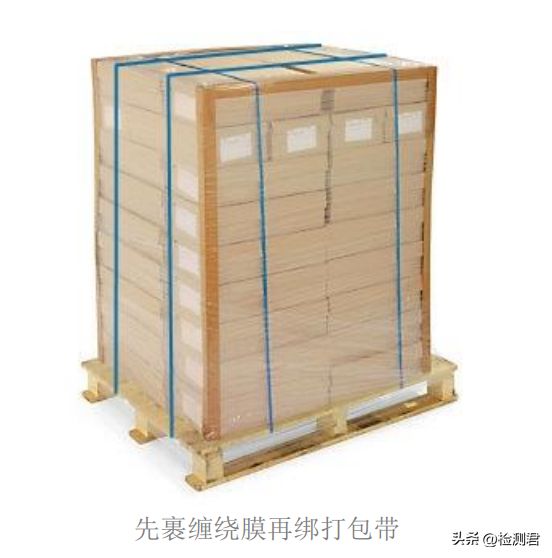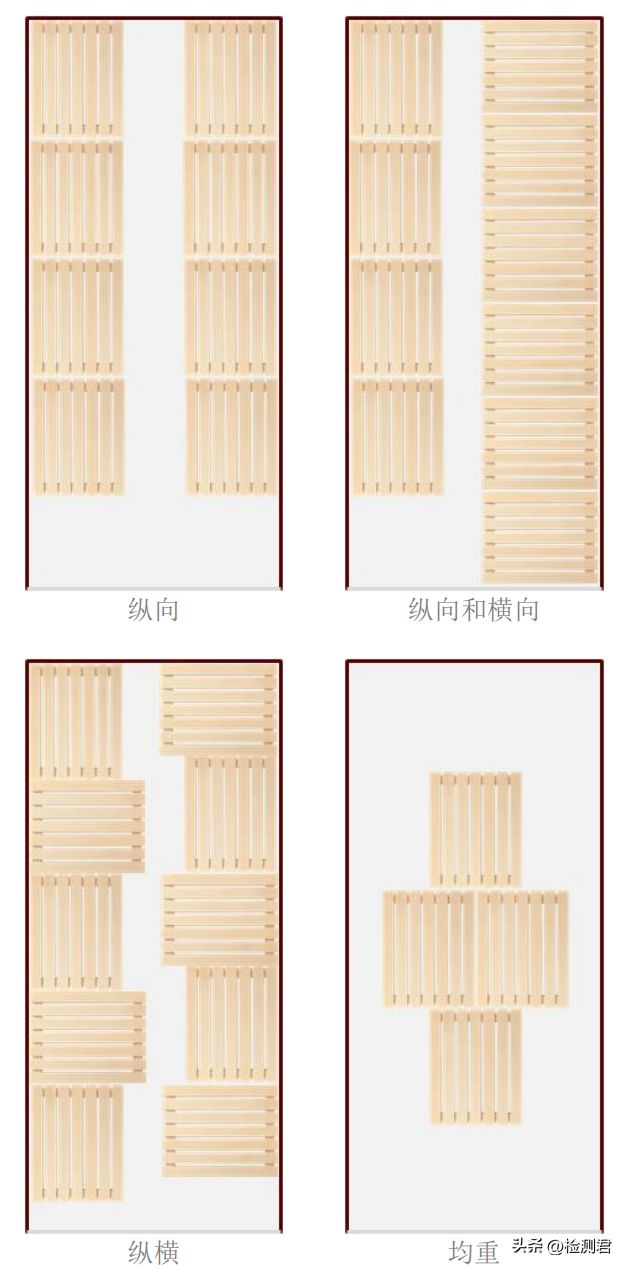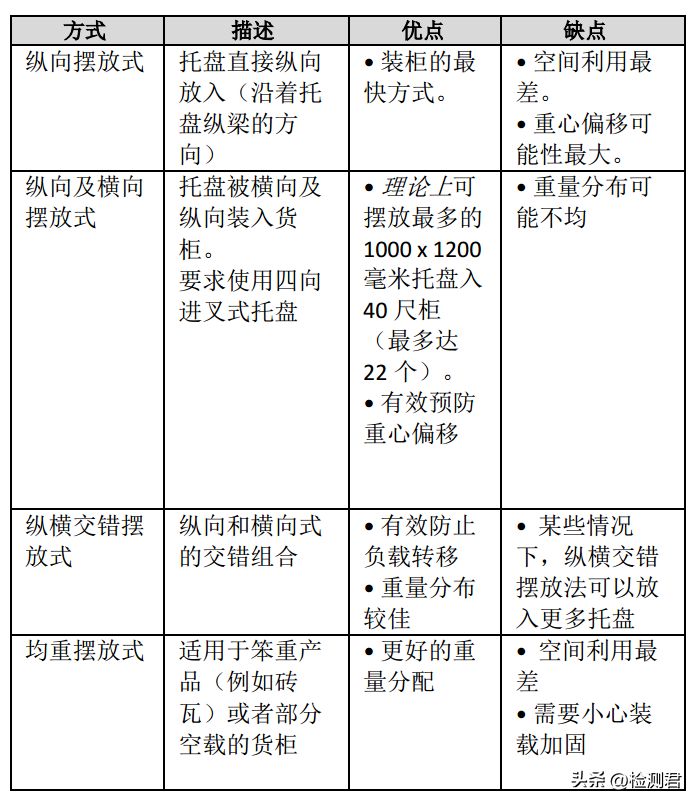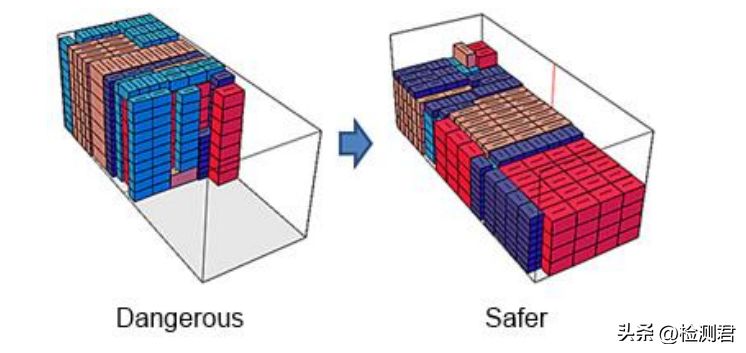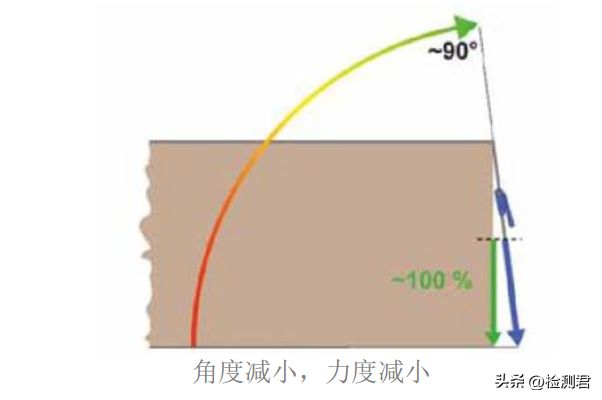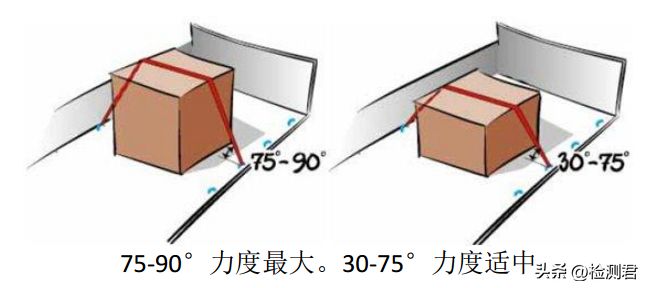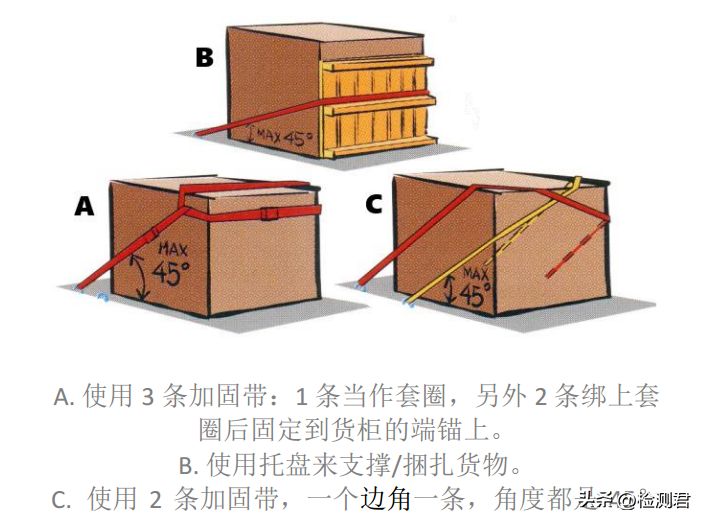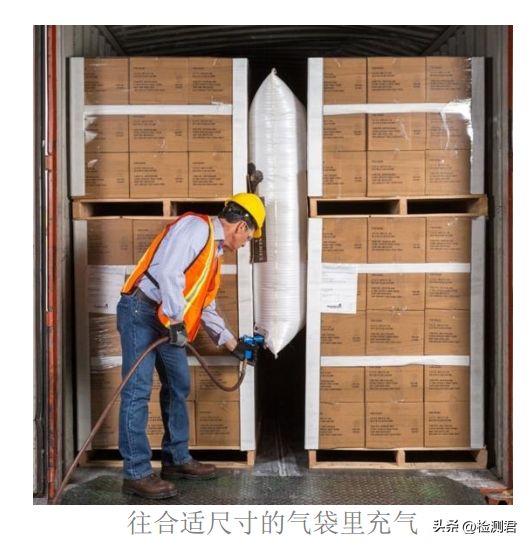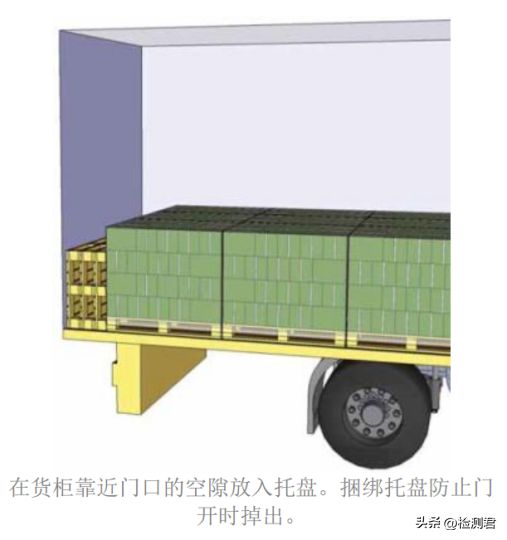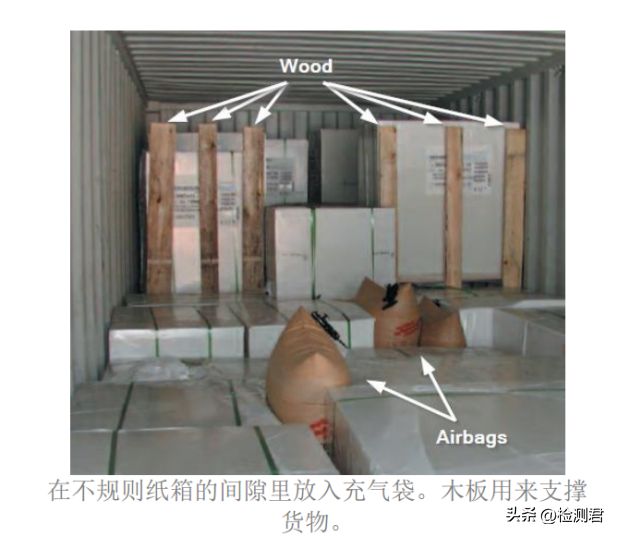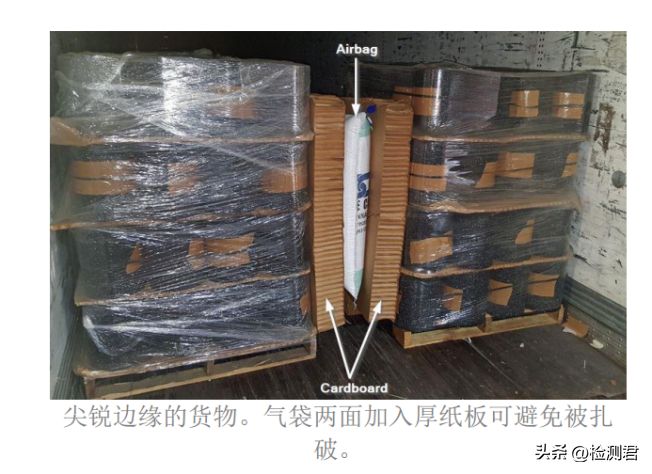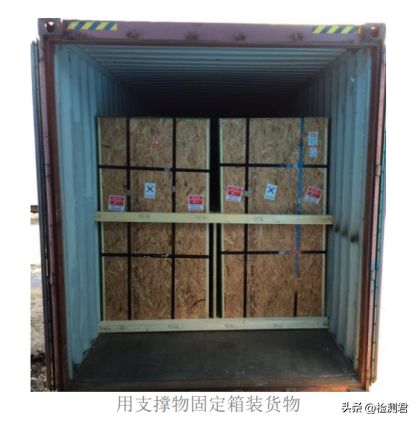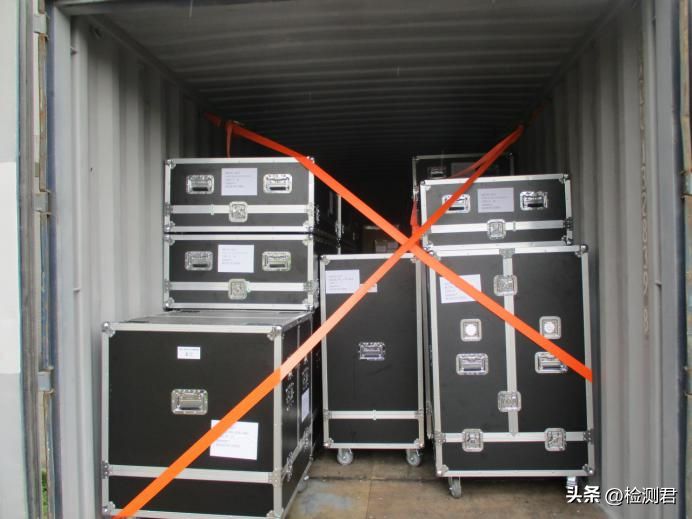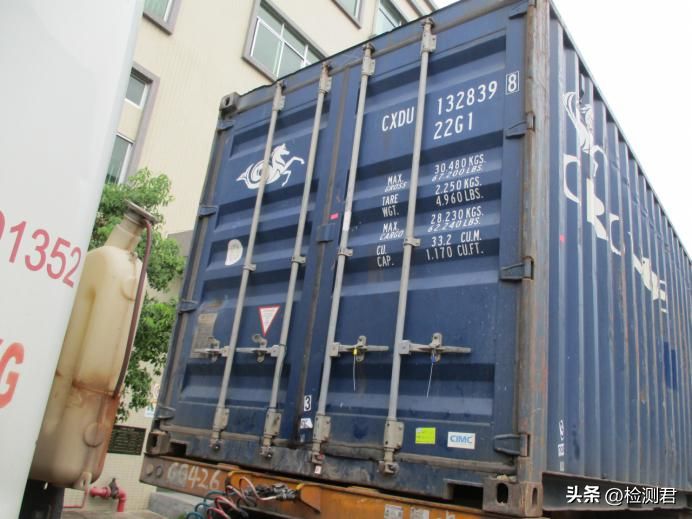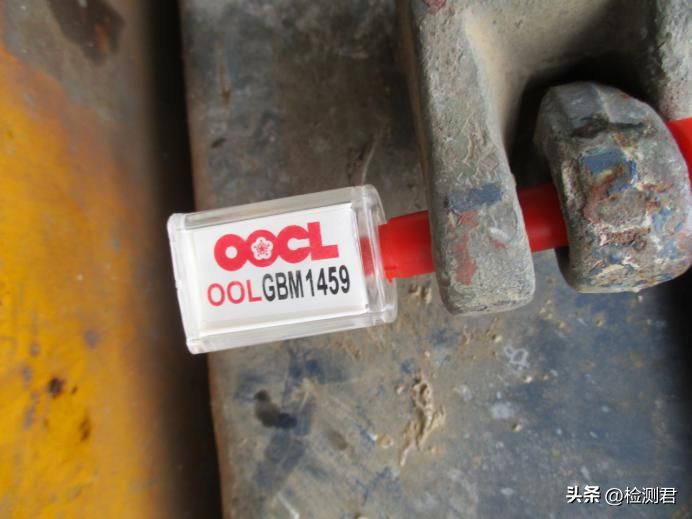When a general enterprise exports, the main concern during the loading process is that the data of the goods is wrong, the goods are damaged, and the data does not conform to the customs declaration data, which will cause the customs not to release the goods. Therefore, before loading the container, the consignor, warehouse, and freight forwarder must coordinate carefully to avoid this situation from happening.
Let me explain to you what skills are there in the end of cargo loading.
Cargo inventory 1
1. Carry out on-site inventory with the customer packing list, and check the product quantity, batch number, and accessories consistent with the customer packing list. 2. Check the packaging of the goods to meet customer requirements and protect the goods during transportation. 3. Check the container bill of lading information to ensure that the container number, product batch, and packing information are consistent, which is the planned shipment batch.
container inspection 2
1. Container type: Containers complying with ISO 688 and ISO 1496-1 standards. 2. Common size: 20-foot container, 40-foot container or 40-foot high container. 3. Check whether the container is qualified or not.
#a. Container Exterior Inspection
①. Containers must carry a valid 11-digit number in accordance with IQS 6346. ②. The container must carry a valid container safety nameplate (CSC nameplate). ③. There are no self-adhesive labels (such as dangerous goods labels) left by the previous batch of goods. ④.Cabinet doors must use original assembly hardware and have not been repaired with epoxy resin. ⑤. The door lock is in good condition. ⑥. Whether there is a customs lock (carried by the container driver).
# b. Inspection inside the container
①. Completely dry, clean and odor free. ②. The ventilation holes cannot be blocked. ③. There are no holes or cracks on the four walls, the top floor, and the bottom.④. Rust spots and indentations are not larger than 80 mm. ⑤. No nails or other protrusions that may damage the goods. ⑥. There is no damage to the binding. ⑦. Waterproof.
#c. cargo pallet inspection
Wooden pallets must have fumigation certificates, phytosanitary certificates, can be entered from all sides, and have 3 longitudinal beams treated pallets:
# Best way to use pallets
①. Similar goods are placed on the same pallet, and the overlapping type is better than the staggered type.
Because the staggered type has little shaking when moving, the overlapping type can make the four corners and four walls of the carton evenly stressed, thereby improving the bearing capacity.
②. The heaviest load is placed on the bottom, parallel to the edge of the pallet.
③. The goods should not exceed the edge of the pallet, so as not to be easily damaged during transportation and loading and unloading.
④. If the top layer of the pallet is not full, place the carton on the outer edge to increase stability and avoid pyramid stacking as much as possible.
⑤. Cardboard protection is recommended for the edges of the cargo. Wrap the pallet tightly from top to bottom with stretch wrapping film, and bind the pallet with nylon or metal strapping straps. The strapping should go around the bottom of the pallet and avoid winding.
⑥. Sea freight: non-stacked pallet goods are not higher than 2100 mm Air transport: pallet goods are not higher than 1600 mm
cargo loaded into container 3
In order to prevent the goods from being damaged due to shaking, vibration, bumping, rolling, and deviation during transportation. Need to do the following:
#a. Confirm that the center of gravity is in the middle of the container and the weight does not exceed the carrying capacity of the container.
(Pallet loading goods)
(non-pallet container goods)
When the container is not full, all the goods cannot be placed behind the goods, causing the center of gravity to move backward. The rearward shift of the center of gravity may cause casualties to people around the cargo, and the cargo may fall out when the door is opened, causing danger to unloading personnel, and may damage or destroy the cargo and other property.
#b. cargo binding reinforcement
#c. Fully support the load, fill the gap to prevent the load from drifting, and avoid unnecessary waste of container space.
Cargo loading completed 4
#a. After the container is loaded, take photos or videos to record the status of the goods in front of the container door.
#b. Close the container door, put on the seal, record the seal number and container number.
# c. Organize relevant documents, and send documents and packing cabinet diagrams to relevant departments of the company and customers for archiving in the form of emails.
Post time: Nov-25-2022








